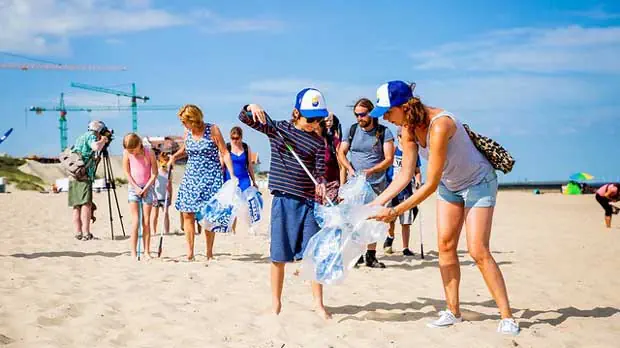
Source: National Geographic
A new study found that though beach cleanups, which have grown in popularity around the globe, can help to reduce plastic pollution in the ocean, they do not eliminate microplastics.
Microplastics are found in the sand, beneath the surface, and the extent of their makeup and impact is not entirely clear.
The study published in the journal Scientific Reports ultimately states that beach cleanups cannot keep up with the amount of trash that is reaching the beaches and oceans every year, and “marine plastic mitigation will remain a perpetual game of catch-up.”
For the study, researchers analyzed plastic pollution on remote islands, where none of the waste was generated locally, and found that 95 percent of the pollution they collected, including microparticles from beneath the sand, were plastic.
They estimated that there are 414 million pieces of debris on those remote islands alone, 93 percent of which are microplastics.
Lead researcher of the study, Jennifer Lavers, a research marine scientist at the University of Tasmania in Australia, explained that at some point, adding more plastics to beaches will change their dynamic.
“At some point, it will change the temperature of the beach, the chemistry of the beach, how the beach absorbs or evaporates water. All of these things will be altered and all of the animals that live on the beach will be affected,” she said.
Read Full Story: National Geographic
